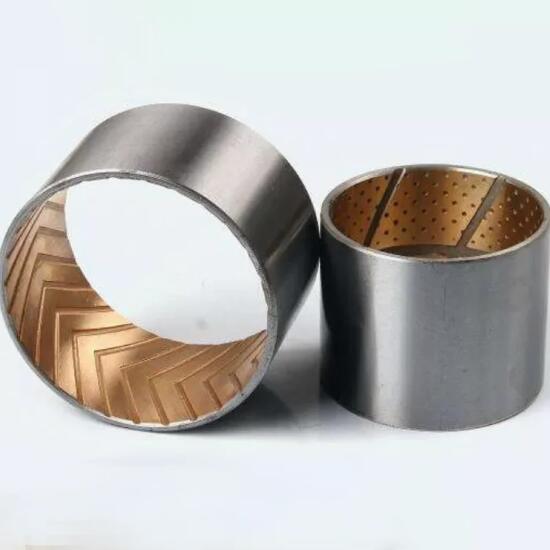What are the key characteristics to consider when selecting an anti-erosion coating for low carbon steel bearings?
2023-10-18
When selecting an anti-erosion coating for low carbon steel bearings, it's important to consider several key characteristics to ensure the coating meets the specific requirements of your application. These characteristics play a crucial role in determining the coating's performance and longevity. Here are the key characteristics to consider:
1. Wear Resistance: The coating should have excellent wear resistance to protect the bearing surfaces from abrasion and friction. Coatings with high hardness, such as ceramics or diamond-like carbon (DLC), are effective for wear resistance.
2. Corrosion Resistance: Depending on the operating environment, choose a coating that provides adequate corrosion resistance. Zinc coatings, chrome plating, or certain polymers are known for their corrosion-resistant properties.
3. Friction and Lubrication: Consider the coating's friction properties and its impact on lubrication. Some coatings, like PTFE or certain polymers, offer low friction and can enhance the lubrication properties of the bearing.
4. Adhesion: The coating should adhere well to the low carbon steel substrate to prevent peeling or delamination. Proper surface preparation and adhesion-promoting treatments may be necessary.
5. Temperature Range: Ensure that the selected coating can withstand the operating temperatures of your application without degradation or loss of performance. Some coatings are better suited for high-temperature environments than others.
6. Chemical Compatibility: Consider the compatibility of the coating material with the lubricants and chemicals used in the application. Incompatibility can lead to premature coating failure.
7. Load-Bearing Capacity: Assess the coating's ability to handle the load requirements of the bearing. Coatings with high hardness and wear resistance are suitable for heavy-duty applications.
8. Surface Finish: The coating's surface finish should align with the desired performance characteristics. For example, a smoother surface finish may reduce friction, while a textured finish may aid in retaining lubricants.
9. Thickness: The thickness of the coating can impact its performance. Thicker coatings may provide greater protection but can also affect tolerances and clearances in precision applications.
10. Environmental Considerations: Evaluate whether the coating meets any environmental regulations or standards applicable to your industry or region.
11. Cost: Consider the cost of applying the coating, including material and application expenses. Balance the coating's performance benefits with budget constraints.
12. Maintenance Requirements: Determine if the coating requires periodic maintenance or reapplication and factor this into your decision-making process.
13. Industry Standards: Check if there are specific industry standards or recommendations for coatings in your application. Adhering to industry standards can ensure the coating's suitability and performance.
14. Testing and Validation: Conduct testing and validation procedures to ensure that the selected coating meets the desired performance criteria and can withstand the specific conditions of your application.
By carefully evaluating these key characteristics and selecting a coating that aligns with your application's requirements, you can ensure that your low carbon steel bearings are effectively protected against erosion and perform optimally in their intended environment.


